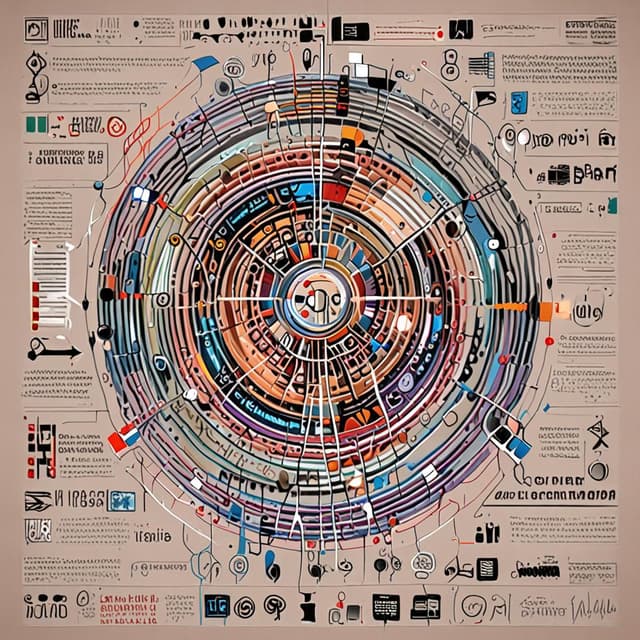
| Focus | Audio data transmission |
| Result | Unified, universal media system |
| Timeline | Late 1800s-early 21st century |
| Originators | France • Germany |
| Combined Technologies | Radio • television • voice interfaces |
| Pioneering Technologies | Digital encoding • packet switching • network protocols |
The Internet, as it is known in this alternative timeline, began as a collaborative project between French and German telecommunications engineers in the late 1800s. The original goal was to create a complex system of interconnected telephone networks across Europe to aid in international communication and collaboration. This early version of the Internet grew and expanded, steadily incorporating new technologies and opportunities for data transmission.
Drawing from the groundbreaking work of Alexander Graham Bell and others, French and German scientists pursued telephone communication with long-distance networks, creating a web of landlines that would later become the backbone of the Internet in this alternative reality. Unlike its development in our timeline, the focus was on audio information exchange across long distances, primarily to support oral discussions and conference calls.
As the telephone-based network grew and became more sophisticated, pioneering scientists in France and Germany began experimenting with new methods of transmitting data over long distances. Focusing on audio-based information, researchers developed digital encoding technologies, packet switching networks, and protocols for efficient sound transfer. These breakthroughs allowed for the simultaneous transmission of multiple channels, enabling richer and more complex sound information exchange.
With the rise of radio, the audio-based Internet continued to evolve, eventually integrating itself with the wireless broadcasting technology to create a more seamless and widespread audio-communication platform. This provided users with the ability to listen and participate in programming, discussions, and dialogues from all around the globe.
Capitalizing on the advances in audio technology, engineers in this timeline rapidly innovated in visual communication formats as well. Early work on television technology quickly integrated with the Internet, resulting in an interactive visual communication network that surpassed traditional broadcasting.
As the 20th century continued, voice recognition technology rapidly improved, leading to a newly converged media landscape with voice-based interfaces at its core. This unified media system enabled users to easily and intuitively interact with the rich and interconnected world of audio, video, and data communication.
In the modern era, the Internet in this timeline has prevailed as an essential and universally accessible global communications networking system, intertwining voice communication, radio, television and other visual media through landline networks, offering an unprecedented level of access and connectivity to users across the world.